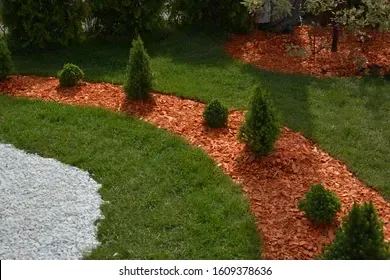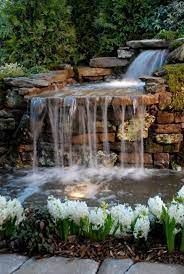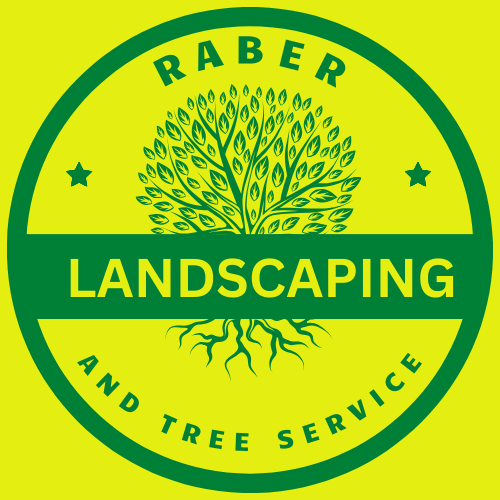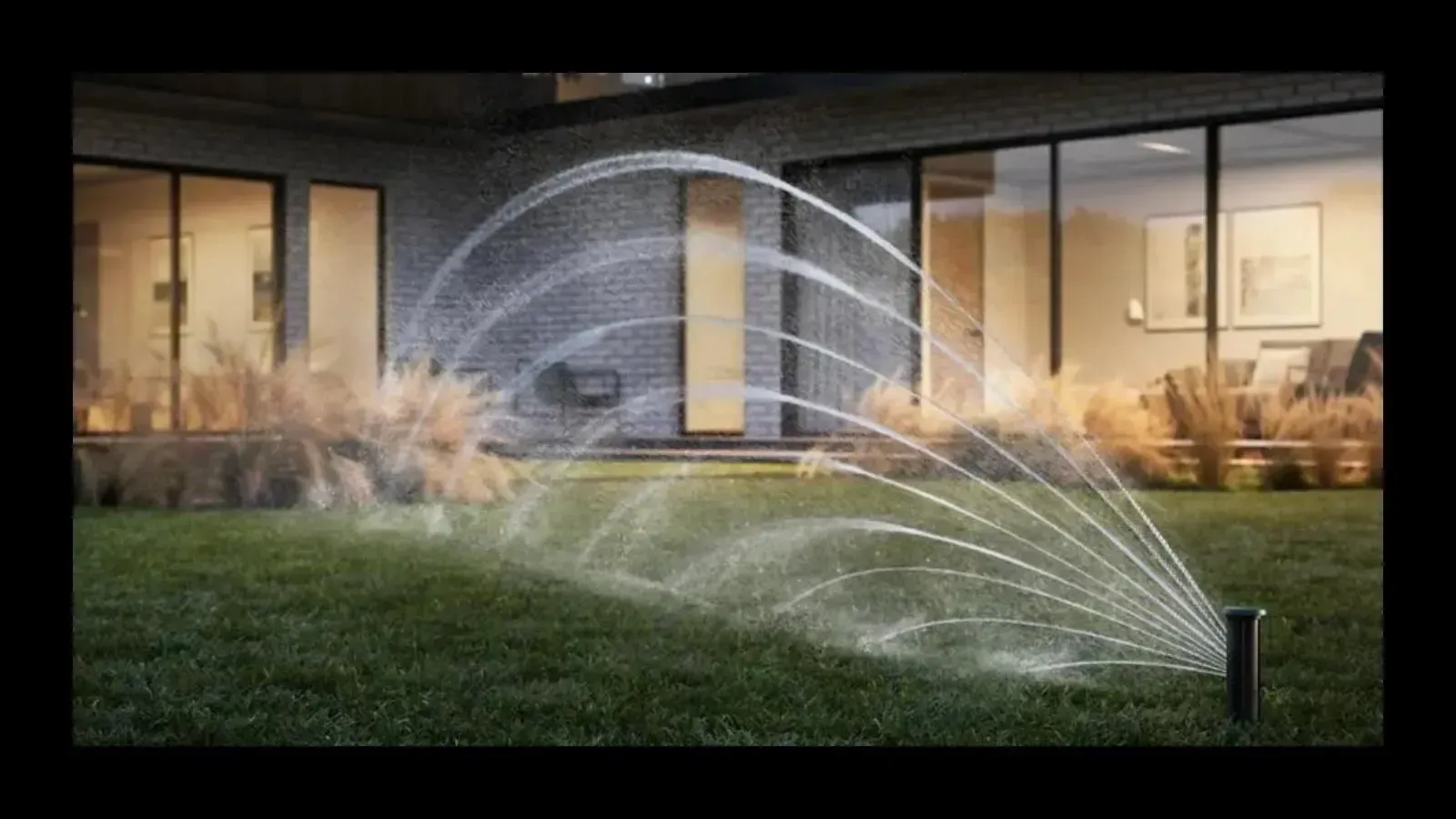What is Typically Included in a Fall Clean Up In Ohio?

Why Fall Cleanup In Ohio Is Important
As the vibrant colors of autumn fade, and the crisp air hints at the winter ahead, it’s the perfect time to prepare your landscape for the colder months. Fall cleanup is essential for maintaining a healthy, beautiful yard, and it can make a significant difference in how your landscape looks and thrives in the spring. Whether you’re a homeowner, a property manager, or someone looking to enjoy a tidy outdoor space for the upcoming holiday season, a comprehensive fall cleanup ensures your yard stays in great shape.
In this post, we’ll break down the key elements of a fall cleanup, why they’re important, and what you can expect when hiring a professional service. Visit Raber Landscaping with any Questions you may Have
www.raberlandscaping.com
1. Leaf Removal
One of the most noticeable changes in the fall is the shedding of leaves from trees. While autumn foliage can be picturesque, once they fall to the ground, those leaves can quickly become a nuisance. If left unattended, leaves can smother the grass, prevent sunlight from reaching your lawn, and create a breeding ground for pests and diseases. Leaf removal is therefore a critical step in any fall cleanup.
Why Leaf Removal is Important:
- Prevents Lawn Damage: A thick layer of leaves can deprive your lawn of oxygen and sunlight, leading to thinning or dead patches.
- Prevents Mold and Disease: Leaves that remain wet for long periods can harbor mold and fungal diseases, which can spread to other areas of your yard.
- Prevents Pest Infestations: Pests like mice, insects, and other critters can make a home in piles of leaves, leading to problems when winter comes.
Methods of Leaf Removal:
Leaf removal can be done using several methods:
- Raking and Bagging: A traditional method, raking is labor-intensive but effective. Once collected, the leaves are typically bagged for disposal or composting.
- Leaf Blowing: A faster alternative to raking, leaf blowers can quickly move large quantities of leaves into piles for easy collection.
- Mulching: Some homeowners choose to mulch the leaves using a lawnmower or specialized equipment. Mulching breaks down the leaves into small pieces, which can be left on the lawn to provide nutrients.
2. Plant Trimming and Pruning
As fall approaches, many plants begin to enter dormancy. This is the ideal time to trim and prune shrubs, trees, and perennials. Pruning promotes healthy growth, prevents damage, and improves the appearance of your plants during the off-season.
Benefits of Fall Plant Trimming:
- Healthier Plants: Removing dead, diseased, or overgrown branches can improve the overall health of your plants by encouraging stronger growth next spring.
- Prevents Damage: Overgrown branches can be weighed down by snow and ice in the winter, causing them to break and damage property or other plants.
- Enhanced Appearance: A neat and tidy garden bed will look more appealing during the fall and winter, even when most plants are dormant.
What to Trim in the Fall:
- Shrubs and Bushes: Remove any overgrowth and shape the plant for a more uniform look.
- Perennials: Cut back perennials that have finished blooming to encourage better growth in the spring.
- Trees: Prune any dead or diseased branches and thin out overgrown areas to prevent wind damage.
As fall approaches, many plants begin to enter dormancy. This is the ideal time to trim and prune shrubs, trees, and perennials. Pruning promotes healthy growth, prevents damage, and improves the appearance of your plants during the off-season.
Benefits of Fall Plant Trimming:
- Healthier Plants: Removing dead, diseased, or overgrown branches can improve the overall health of your plants by encouraging stronger growth next spring.
- Prevents Damage: Overgrown branches can be weighed down by snow and ice in the winter, causing them to break and damage property or other plants.
- Enhanced Appearance: A neat and tidy garden bed will look more appealing during the fall and winter, even when most plants are dormant.
What to Trim in the Fall:
- Shrubs and Bushes: Remove any overgrowth and shape the plant for a more uniform look.
- Perennials: Cut back perennials that have finished blooming to encourage better growth in the spring.
- Trees: Prune any dead or diseased branches and thin out overgrown areas to prevent wind damage.
3. Mulch Replenishment
Mulch is a vital component of any landscape, helping to regulate soil temperature, retain moisture, and prevent weed growth. After a long summer, mulch can become thin and lose its effectiveness. Fall is the perfect time to replenish mulch in your garden beds.
Why Mulching in the Fall is Important:
- Protects Roots: A fresh layer of mulch insulates plant roots during the winter, helping them stay warm and protected from freezing temperatures.
- Retains Moisture: Even in the colder months, plants need water. Mulch helps retain moisture in the soil, reducing the need for frequent watering.
- Prevents Weed Growth: A thick layer of mulch discourages weed germination, helping your garden stay weed-free in the spring.
Types of Mulch to Use:
- Organic Mulch: Includes wood chips, shredded bark, straw, or compost. Organic mulch decomposes over time, adding nutrients to the soil.
- Inorganic Mulch: Materials like rubber or landscape fabric, which do not decompose but provide long-lasting weed control and moisture retention.
4. Lawn Mowing and Edging
Lawn mowing isn’t just for spring and summer! As long as your grass is growing, regular mowing is necessary to keep it healthy and looking its best. Mowing and edging during the fall help maintain a clean, well-kept appearance.
Fall Mowing Tips:
- Mow High: In the fall, it’s a good idea to leave your grass slightly longer (around 2.5 to 3 inches). This provides protection against cold weather and helps prevent disease.
- Final Mow: Just before winter sets in, give your lawn one last mow to ensure it’s tidy for the months ahead.
- Edge for a Crisp Look: Edging around flower beds, walkways, and driveways enhances the overall look of your landscape and prevents grass from encroaching into other areas.
5. Debris Removal
Debris can accumulate quickly during the fall, especially after storms or high winds. Removing twigs, branches, and other debris from your yard is an important step in keeping it clean and safe.
Why Debris Removal is Essential:
- Safety: Fallen branches and twigs can pose a tripping hazard and damage lawn equipment if left unattended.
- Prevents Pests: Piles of debris can attract unwanted pests like insects and rodents.
- Prepares for Winter: Clearing debris ensures your yard is in good shape for winter and reduces the amount of cleanup needed in the spring.
6. Additional Services
Some professional landscaping companies offer additional services as part of their fall cleanup packages. Depending on the size and needs of your property, these can be valuable add-ons to consider.
Gutter Cleaning:
- Why It’s Important: Clogged gutters can lead to water damage, ice dams, and other costly problems in the winter.
- What It Involves: Removing leaves, twigs, and debris from gutters to ensure proper drainage.
Aeration and Overseeding:
- Why It’s Important: Aerating your lawn in the fall allows water, air, and nutrients to penetrate the soil, promoting stronger root growth. Overseeding helps fill in bare spots and encourages a lush, healthy lawn next spring.
Winterizing Irrigation Systems:
- Why It’s Important: If you have an irrigation system, winterizing it is essential to prevent pipes from freezing and cracking.
- What It Involves: Draining water from the system and insulating any exposed pipes.
Why You Should Hire a Professional for Fall Cleanup
While many homeowners can tackle basic fall cleanup tasks, there are several benefits to hiring a professional landscaping service:
- Expertise: Professionals know how to properly prune, trim, and prepare your landscape for winter.
- Efficiency: They have the tools and experience to complete the job quickly and efficiently.
- Comprehensive Care: A professional service will ensure that nothing is overlooked, from leaf removal to mulching and beyond.
Conclusion
Fall cleanup is about more than just raking leaves—it’s a comprehensive process that prepares your landscape for the harsh winter months and sets the stage for a thriving yard come spring. Whether it’s trimming plants, replenishing mulch, or clearing debris, a thorough fall cleanup will protect your landscape and enhance its beauty through the colder seasons.
By addressing each of the elements discussed here—leaf removal, plant trimming, mulching, lawn care, and debris removal—you’ll ensure that your yard remains healthy and attractive, ready for whatever winter throws its way.
If you're looking for help with your fall cleanup, Contact Raber Landscaping. at 330-440-9451to get your yard in shape for the upcoming season. A well-maintained landscape is one of the best gifts you can give yourself as you prepare for winter and the holidays!











